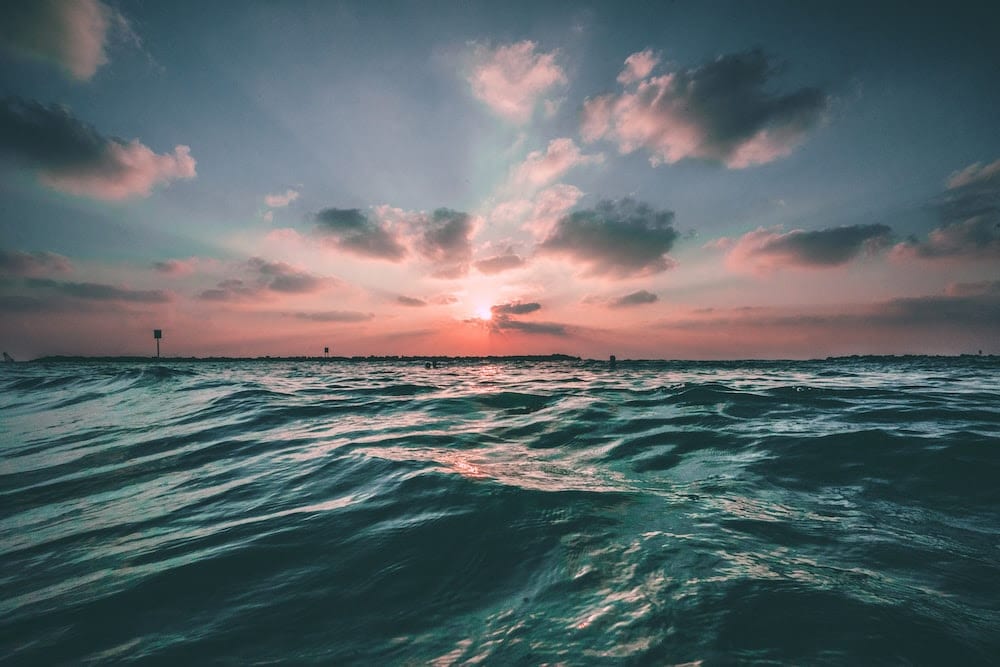
All international bodies concerned with climate change agree that the best way to control HFCs is to progressively reduce their production and consumption under the Montreal Protocol, in addition to the emission control measures provided for under the Kyoto Protocol. The Montreal Protocol has the experience and expertise to ensure a rapid, effective and efficient phase-out of HFCs, which belong to the same family of gases, have similar chemical properties and are used in the same sectors as CFCs already phased out and HC
FCs being phased out (Zaelke et al. 2012).
World leaders recognized the threat posed by the growth of HFCs in the outcome document of the Rio +20 summit in 2012 and called for a phase-out of their production and consumption. In July 2015, five proposals were submitted by a total of 95 parties to the Montreal Protocol to amend the treaty to phase down the upstream production and consumption of HFCs (leaving the accounting and reporting of downstream emissions under the UN climate regime). The 95 parties include a coalition of island states led by the Federated States of Micronesia and the Philippines, the African group of 54 parties, the USA, Canada and Mexico, the EU-28 and India.




The Leeds model predicts that the Montreal Protocol has prevented an increase in Earth’s surface ultraviolet index of about 20% in Antarctica and about 5% in the tropics.





